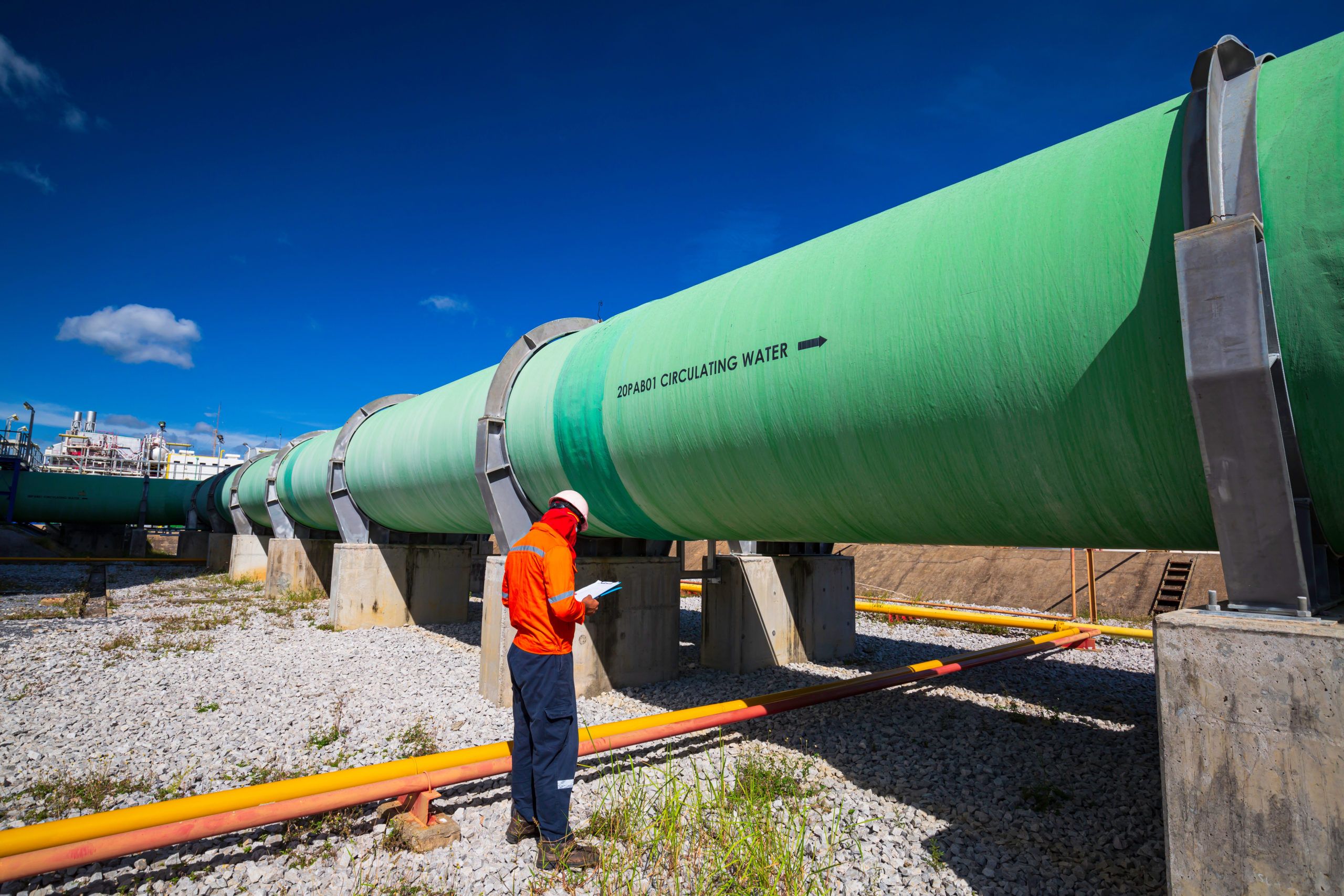Background: According to the National Climatic Data Center, energy demand in the continental United States was 27 percent higher than average this winter. Numerous cold Arctic air outbreaks impacted the Midwest throughout the winter and seven Midwestern states experienced a top ten cold winter. The Northeast, High Plains and the South were colder than normal with frequent spells of unusual cold and snow. According to Bentek Energy LLC, peak day natural gas consumption in January 2014 was 20 Bcf per day more than normal, leading to total consumption that month reaching nearly 3,200 Bcf—a 500 Bcf increase compared with average consumption for January during the past ten years. Weather-driven residential and commercial demand exceeded 65 Bcf per day for eight days in January alone, representing extraordinary demand load.
(Washington, DC) –The natural gas industry performed reliably in the face of colder than normal temperatures and numerous record-setting demand days this winter, the industry’s Natural Gas Council (NGC) said today.
Much of the nation experienced extreme, sustained cold weather during the winter of 2014. Freezing temperatures frequently covered large portions of the United States at once, placing exponentially greater pressure on peak-day demand for natural gas, with little recovery time between cold spells.
As the natural gas traveled along the supply and delivery chain, each segment of the natural gas industry played a key role in helping to ensure that customer demand was met.
Barry Russell, president and CEO of the Independent Petroleum Association of America (IPAA), said, “The shale technology revolution has made record amounts of natural gas available to the domestic market. For the first time in 25 years, we are producing more than 94 percent of the nation’s natural gas from resources here at home. Even during one of the nation’s coldest winters, this abundance has created a dependable, domestic supply of fuel for American households, electric power generation, as well as growing industrial and transportation markets.”
Marty Durbin, president and CEO of America’s Natural Gas Alliance (ANGA), said, “One lesson we learned from this record-breaking cold winter is that the resource is there to meet growing demand if the investment is there to get it to market. Natural gas prices on the Henry Hub stayed relatively low in comparison to past extreme weather events, because we now have so much natural gas from geographically diverse regions of the country.”
Natural Gas Supply Association (NGSA) President and CEO Dena Wiggins, said “The industry was put to the test and rallied to ensure supply for firm pipeline customers and help non-firm customers make last-minute arrangements for supply to the extent possible. Although city-gate prices increased in the coldest regions, where pipeline capacity constraint is prevalent, wholesale price increases at Henry Hub were muted compared with pre-shale gas cold spells. And a glance at the forward price strip shows natural gas priced below $5 as far out as 2017, reflecting the market’s confidence in the ability of the industry to meet future demand.”
Don Santa, president and CEO of the Interstate Natural Gas Association of America (INGAA), said, “Even under extraordinarily challenging conditions, the nation’s interstate natural gas pipelines performed well this winter, providing reliable service to firm shippers. However, this winter highlighted the costs to natural gas and electric consumers that can result from pipeline capacity constraints and the need for additional pipeline infrastructure in certain regions, such as New England.”
“The 2014 record-setting winter with prolonged cold temperatures and peak demand conditions has demonstrated the readiness and resiliency of America’s natural gas network. Natural gas utilities work all year to prepare for these types of cold temperatures, and employ a portfolio approach to help ensure they can meet the needs of their customers at affordable prices. Providing this kind of safe and reliable service has been not just the core business, but the mission of natural gas utilities for decades,” said Dave McCurdy, president and CEO of the American Gas Association (AGA).
The Natural Gas Council collectively represents nearly all companies that produce, transport and distribute natural gas consumed in the United States. It includes members of the American Gas Association, America’s Natural Gas Alliance, the Independent Petroleum Association of America, the Interstate Natural Gas Association of America and the Natural Gas Supply Association. More information for each association follows below.
-NGC-
The American Gas Association, founded in 1918, represents more than 200 local energy companies that deliver clean natural gas throughout the United States. There are more than 71 million residential, commercial and industrial natural gas customers in the U.S., of which 94 percent — over 68 million customers — receive their gas from AGA members. Today, natural gas meets more than one-fourth of the United States’ energy needs.
Representing North America’s leading independent natural gas exploration and production companies, America’s Natural Gas Alliance (ANGA) works with industry, government and customer stakeholders to promote increased demand for our nation’s abundant natural gas resource for a cleaner and more secure energy future and to ensure its continued availability.
INGAA is a trade organization that represents the interstate natural gas transmission pipeline companies operating in the U.S., Canada and Mexico. Its members transport over 95 percent of the nation’s natural gas through a network of 220,000 miles of pipelines.
Founded in 1929, the Independent Petroleum Association of America (IPAA) represents more than 5,000 companies that drill 90 percent of the nation’s natural gas and crude oil wells. These companies account for 68 percent of domestic crude oil production and 82 percent of U.S. natural gas production.
NGSA represents integrated and independent companies that supply natural gas. Established in 1965, NGSA encourages the use of natural gas within a balanced national energy policy, and promotes the benefits of competitive markets to ensure reliable and efficient transportation and delivery of natural gas and to increase the supply of natural gas to U.S. customers.







